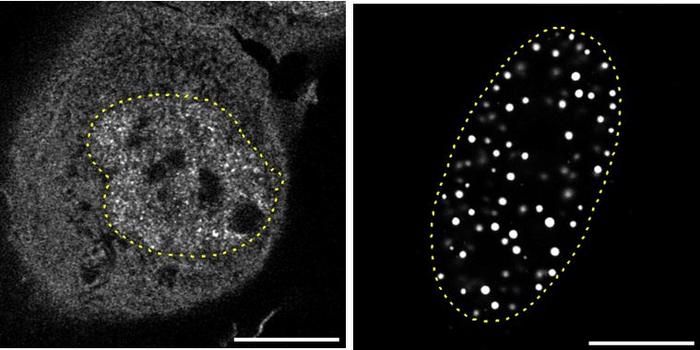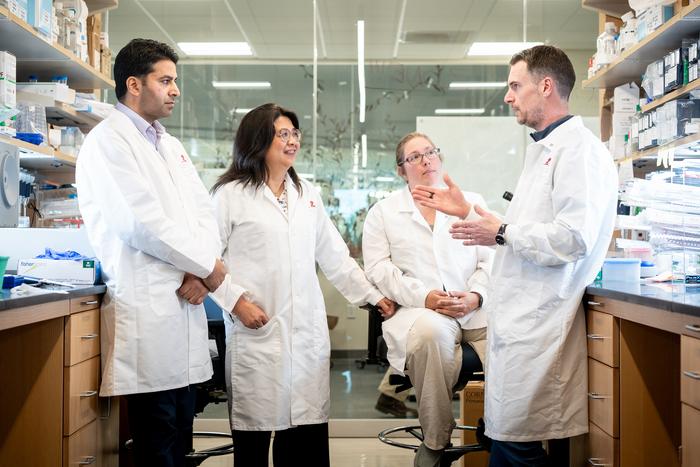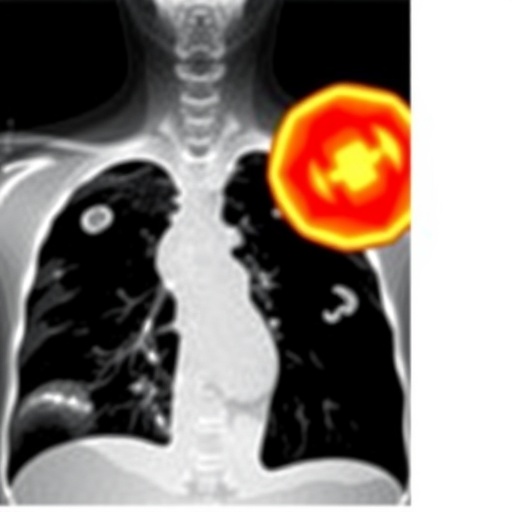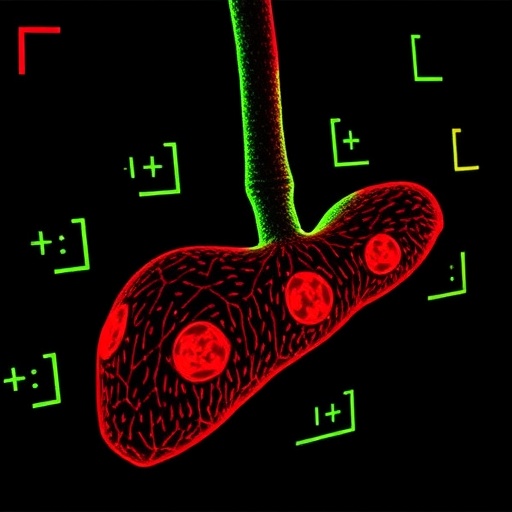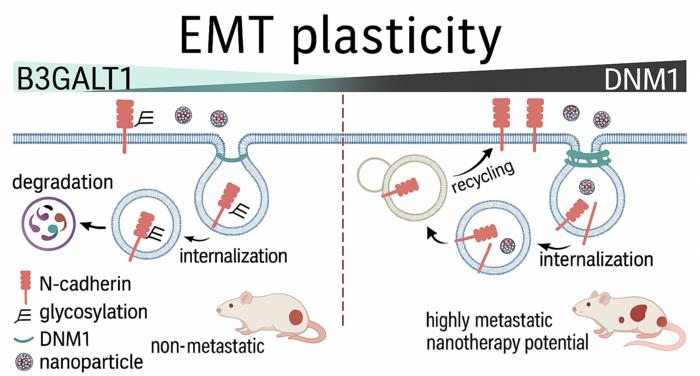Now Reading: Perkütan Koroner Bypass ve Eş Zamanlı Akciğer Cerrahisinin Perioperatif Güvenliği: Tek Merkez Retrospektif Analizi
-
01
Perkütan Koroner Bypass ve Eş Zamanlı Akciğer Cerrahisinin Perioperatif Güvenliği: Tek Merkez Retrospektif Analizi

Perkütan Koroner Bypass ve Eş Zamanlı Akciğer Cerrahisinin Perioperatif Güvenliği: Tek Merkez Retrospektif Analizi
Lung cancer and coronary heart disease (CHD) together present one of the most formidable challenges in surgical care, requiring delicate management of both oncological and cardiovascular risks. Conventional treatment typically involves staged surgeries, where cardiac and pulmonary operations are conducted separately to minimize intraoperative risks. However, this approach often leads to prolonged hospitalization, increased morbidity, and delayed recovery for patients already burdened with two life-threatening conditions. A recent retrospective study from a single institution offers encouraging evidence that simultaneous pulmonary resection and off-pump coronary artery bypass grafting (CABG) is a safe and effective strategy, reducing perioperative complications while optimizing clinical outcomes.
Off-pump CABG eliminates the need for cardiopulmonary bypass, removing the use of the heart-lung machine that can provoke systemic inflammatory responses, neurocognitive decline, and increased transfusion requirements. The technique stabilizes the beating heart during grafting, which decreases potential surgery-related trauma. When combined with pulmonary resection for lung cancer patients suffering from severe CHD, off-pump CABG facilitates simultaneous surgical intervention without the heightened perioperative risks usually linked to on-pump CABG integrated with lung resection. This combined approach reflects a paradigm shift, integrating cardiovascular and thoracic surgery in a rapidly evolving clinical landscape.
The retrospective observational analysis evaluated clinical data from patients undergoing either simultaneous off-pump CABG and lung tumor resection or staged procedures. The findings demonstrate that simultaneous surgery does not significantly increase perioperative complications when compared with the traditional staged approach. Incidences of postoperative atrial fibrillation, pulmonary infections, myocardial infarction, and other adverse events remained within expected ranges, indicating manageable risks. These results support the feasibility of simultaneously treating severe coronary artery disease and primary lung malignancies in select patients under expert surgical care.
Beyond clinical safety, the study highlights significant economic advantages associated with the integrated surgical technique. Combining procedures in one operative session notably shortened the total hospital stay, directly impacting resource utilization and healthcare costs. Shorter hospitalization benefits patients by facilitating faster postoperative recovery, lessening psychological stress from multiple interventions. The data underscore the potential for healthcare systems to enhance efficiency while delivering high-quality care, a consideration of growing importance amid rising demand and constrained resources.
Executing simultaneous off-pump CABG and pulmonary resection requires exceptional surgical dexterity and meticulous intraoperative coordination. The thoracic cavity’s complex anatomy demands careful navigation to ensure myocardial perfusion remains uncompromised throughout the procedure. Surgeons employ state-of-the-art heart stabilization devices and refined suturing methods to graft coronary vessels on the beating heart. Simultaneously, oncological principles mandate complete and precise pulmonary tumor excision without compromising cardiac function. This intricate balancing act underscores the indispensability of multidisciplinary collaboration encompassing cardiothoracic surgeons, anesthesiologists, pulmonologists, and oncologists.
Preoperative evaluation plays a crucial role in selecting candidates who can safely benefit from dual surgery. Comprehensive cardiovascular assessment, including detailed imaging and functional testing, combined with thorough pulmonary evaluation, allows the multidisciplinary team to stratify patient risk and optimize perioperative planning. Identifying the ideal surgical candidate hinges on striking a balance between cancer advancement and cardiac disease severity, ensuring neither condition is neglected or excessively compromised during treatment.
Historically, simultaneous lung cancer resection and cardiac surgery met significant skepticism due to projected elevated morbidity and mortality. This study challenges that view by presenting compelling evidence supporting the combined off-pump approach as a viable and safe alternative to staged surgeries. The safety profile of joint surgery also alleviates concerns related to inflammatory complications, blood loss, and neurocognitive impairment traditionally linked to on-pump CABG, thereby enhancing patient recovery trajectories.
The integrated surgical approach’s potential extends beyond perioperative safety to impact long-term patient outcomes positively. By streamlining treatment and minimizing delays inherent in staged surgeries, simultaneous off-pump CABG and pulmonary resection may contribute to earlier initiation of adjunctive therapies, such as chemotherapy or radiotherapy. This could translate into improved survival prospects and better overall control of lung malignancy while effectively managing coronary artery disease.
The study’s retrospective design implies limitations that necessitate cautious interpretation. Prospective, multicenter trials are essential to confirm these findings, establish standardized protocols, and further refine patient selection criteria. Such future research will bolster evidence quality and potentially expand simultaneous surgical treatment’s applicability. Until then, this dual-procedure approach remains a promising option, especially in specialized centers with experienced surgical teams.
From a broader healthcare perspective, adopting bundled surgical procedures like simultaneous off-pump CABG and lung resection aligns with emerging trends toward integrated care pathways. This model fosters enhanced care coordination, reduces redundant hospitalizations, and optimizes resource allocation in cardiothoracic and oncology settings. Moreover, minimizing perioperative complications diminishes the need for extended intensive care, releasing critical resources for other patients and promoting hospital operational efficiency.
Technological advancements in surgical instruments and minimally invasive techniques promise to augment the safety and efficacy of combined surgeries. Innovations such as video-assisted thoracoscopic surgery (VATS) and enhanced cardiac stabilization devices may enable less invasive, precise interventions. This synergy of technologies might expand the operative candidacy spectrum, beckoning a future where even high-risk patients with complex simultaneous conditions receive safer, tailored treatments.
In conclusion, evolving clinical evidence marks simultaneous off-pump CABG combined with pulmonary resection as a safe, feasible, and cost-effective surgical strategy for managing patients with coexisting severe coronary artery disease and lung cancer. This paradigm shift is poised to improve patient recovery, reduce healthcare costs, and promote integrated surgical care models. As multidisciplinary collaboration strengthens and further research emerges, this innovative dual-procedure technique will likely gain prominence, redefining standards in complex cardio-oncological surgery.
—
Araştırma Konusu: People
Makale Başlığı: Perioperative safety of simultaneous pulmonary resection and off-pump coronary artery bypass grafting: a retrospective analysis from a single institution
Haberin Yayın Tarihi: 11-Feb-2025
Web References: http://dx.doi.org/10.21037/jtd-24-1369
Doi Referans: 10.21037/jtd-24-1369
Anahtar Kelimeler: Surgery, off-pump CABG, pulmonary resection, lung cancer, coronary heart disease, perioperative safety, thoracic surgery, observational study












